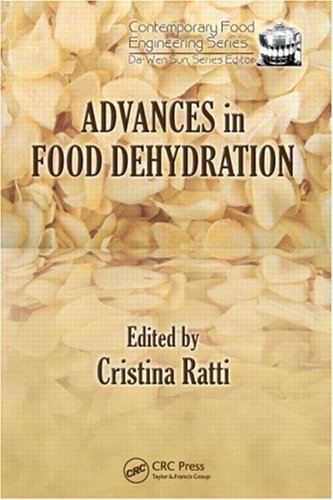

Most ebook files are in PDF format, so you can easily read them using various software such as Foxit Reader or directly on the Google Chrome browser.
Some ebook files are released by publishers in other formats such as .awz, .mobi, .epub, .fb2, etc. You may need to install specific software to read these formats on mobile/PC, such as Calibre.
Please read the tutorial at this link: https://ebookbell.com/faq
We offer FREE conversion to the popular formats you request; however, this may take some time. Therefore, right after payment, please email us, and we will try to provide the service as quickly as possible.
For some exceptional file formats or broken links (if any), please refrain from opening any disputes. Instead, email us first, and we will try to assist within a maximum of 6 hours.
EbookBell Team

4.0
46 reviewsThe complex nature of food systems together with the deep structural and physico-chemical changes that foodstuffs undergo during processing
The difficulty to define quality in quantitative terms and to develop appropriate control techniques
The lack of realistic models and simulations to represent the phenomena
The book’s well-developed chapters explain the structural and physico-chemical changes that food undergoes during dehydration, while discussing ways to optimize natural resources. In addition to describing non-convectional heating sources such as microwaves, infrared, and radio frequency, the text also examines the impact of drying on nutraceutical compounds, the bases of rehydration of dry food particles and the stresses on microorganisms during drying and their stability during storage. Advances in Food Dehydration is a user-friendly volume that concisely links the gamut of dehydration concepts into one cohesive reference.
About the Editor: Cristina Ratti, Ph.D., is a food engineering professor in the Soils and Agri-Food Engineering Department at the Université Laval (Quebec). She is the coordinator of the Food Engin